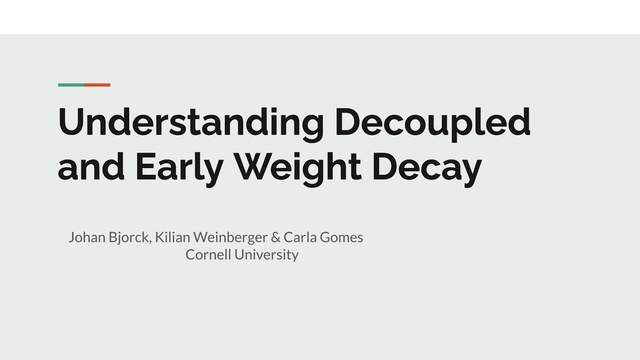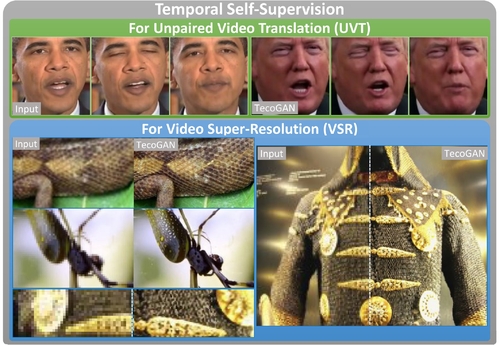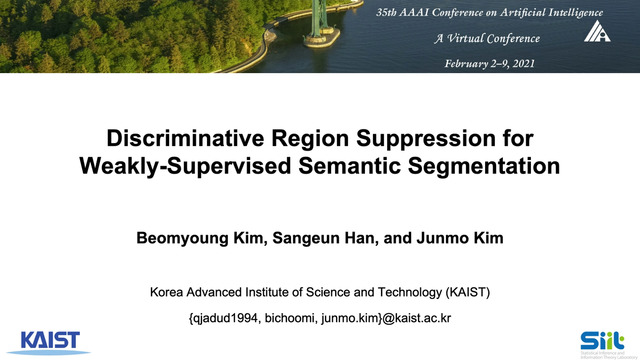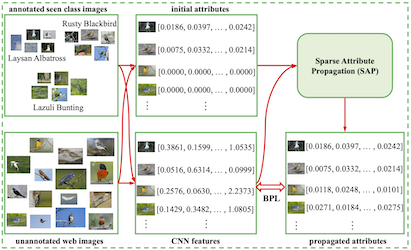Abstract:
Recent work has shown that sparse representations---where only a small percentage of units are active---can significantly reduce interference. Those works, however, relied on relatively complex regularization or meta-learning approaches, that have only been used offline in a pre-training phase. In this work, we pursue a direction that achieves sparsity by design, rather than by learning. Specifically, we design an activation function that produces sparse representations deterministically by construction, and so is more amenable to online training. The idea relies on the simple approach of binning, but overcomes the two key limitations of binning: zero gradients for the flat regions almost everywhere, and lost precision---reduced discrimination---due to coarse aggregation. We introduce a Fuzzy Tiling Activation (FTA) that provides non-negligible gradients and produces overlap between bins that improves discrimination. We first show that FTA is robust under covariate shift in a synthetic online supervised learning problem, where we can vary the level of correlation and drift. Then we move to the deep reinforcement learning setting and investigate both value-based and policy gradient algorithms that use neural networks with FTAs, in classic discrete control and Mujoco continuous control environments. We show that algorithms equipped with FTAs are able to learn a stable policy faster without needing target networks on most domains.









































